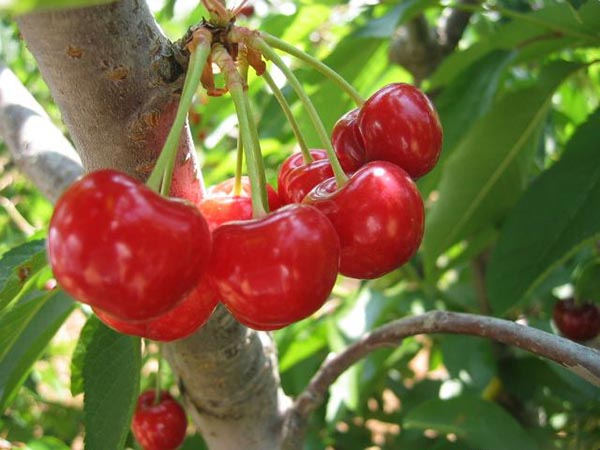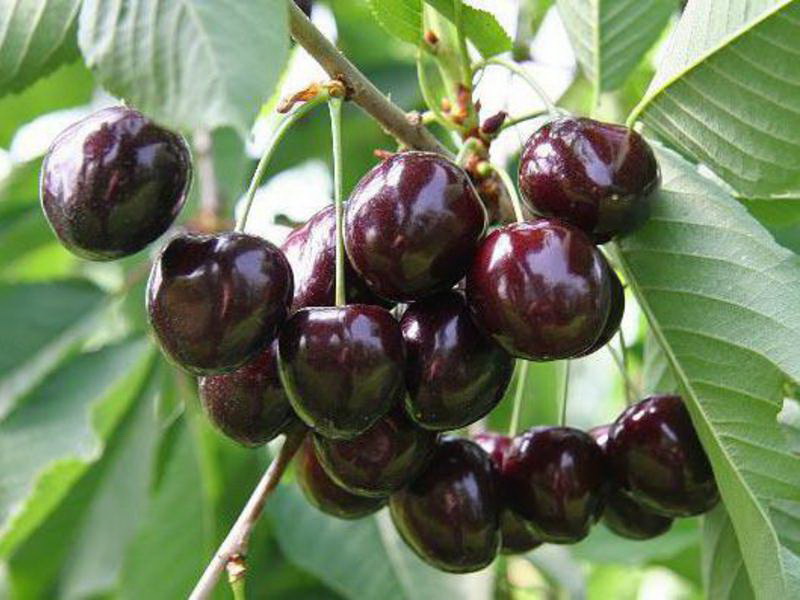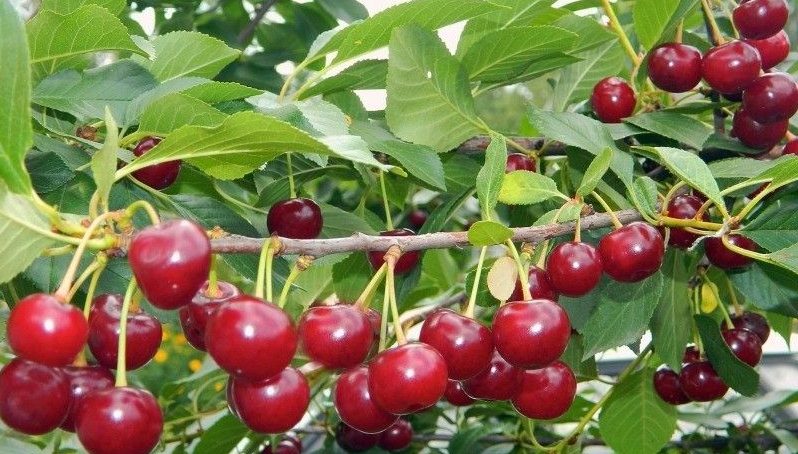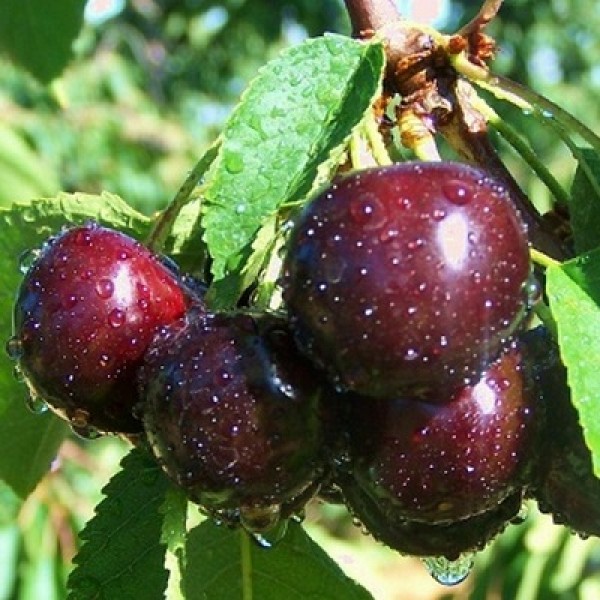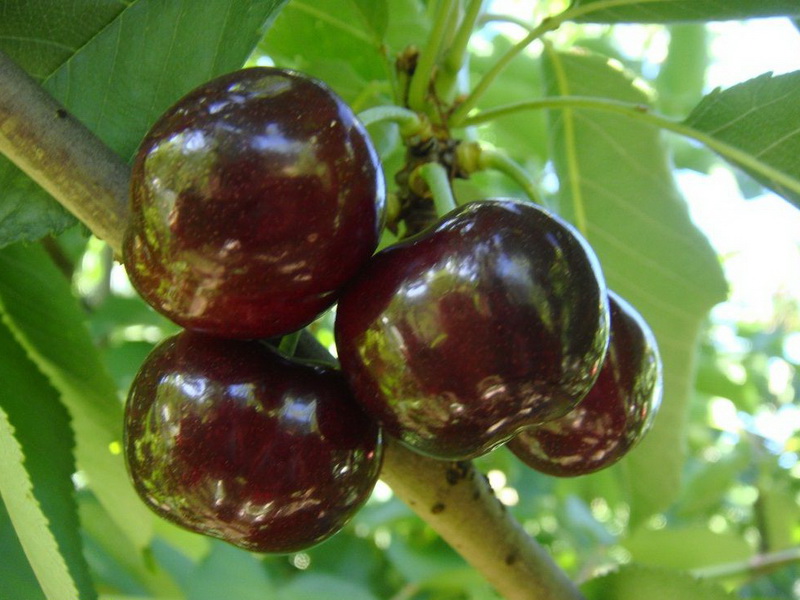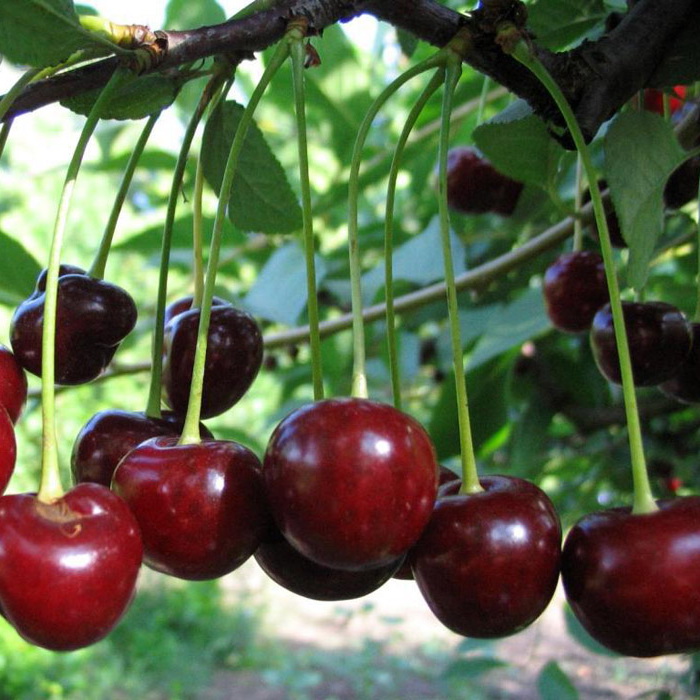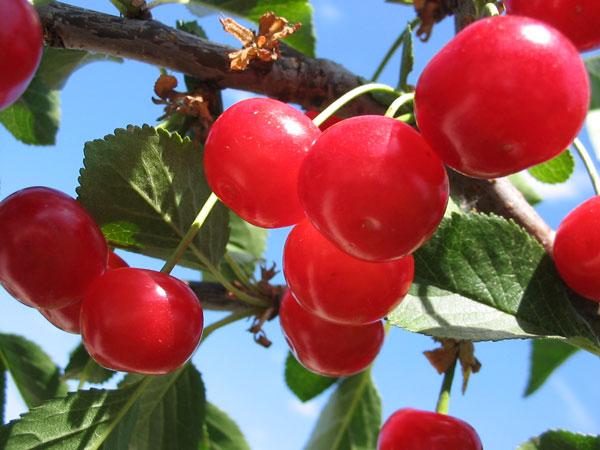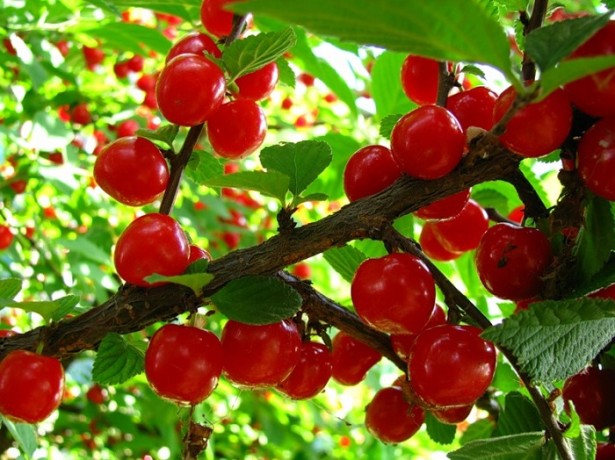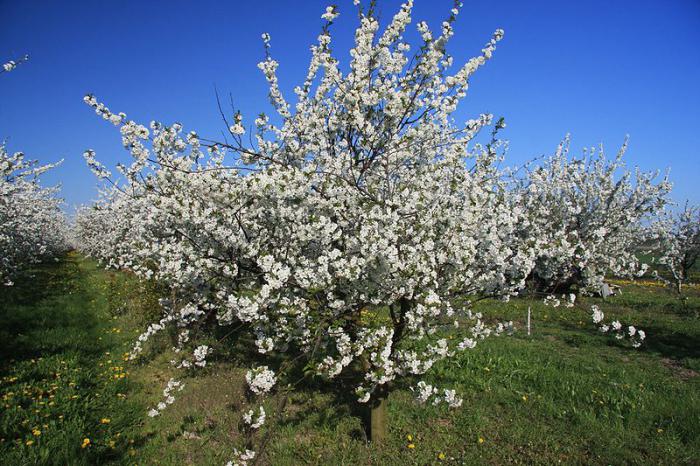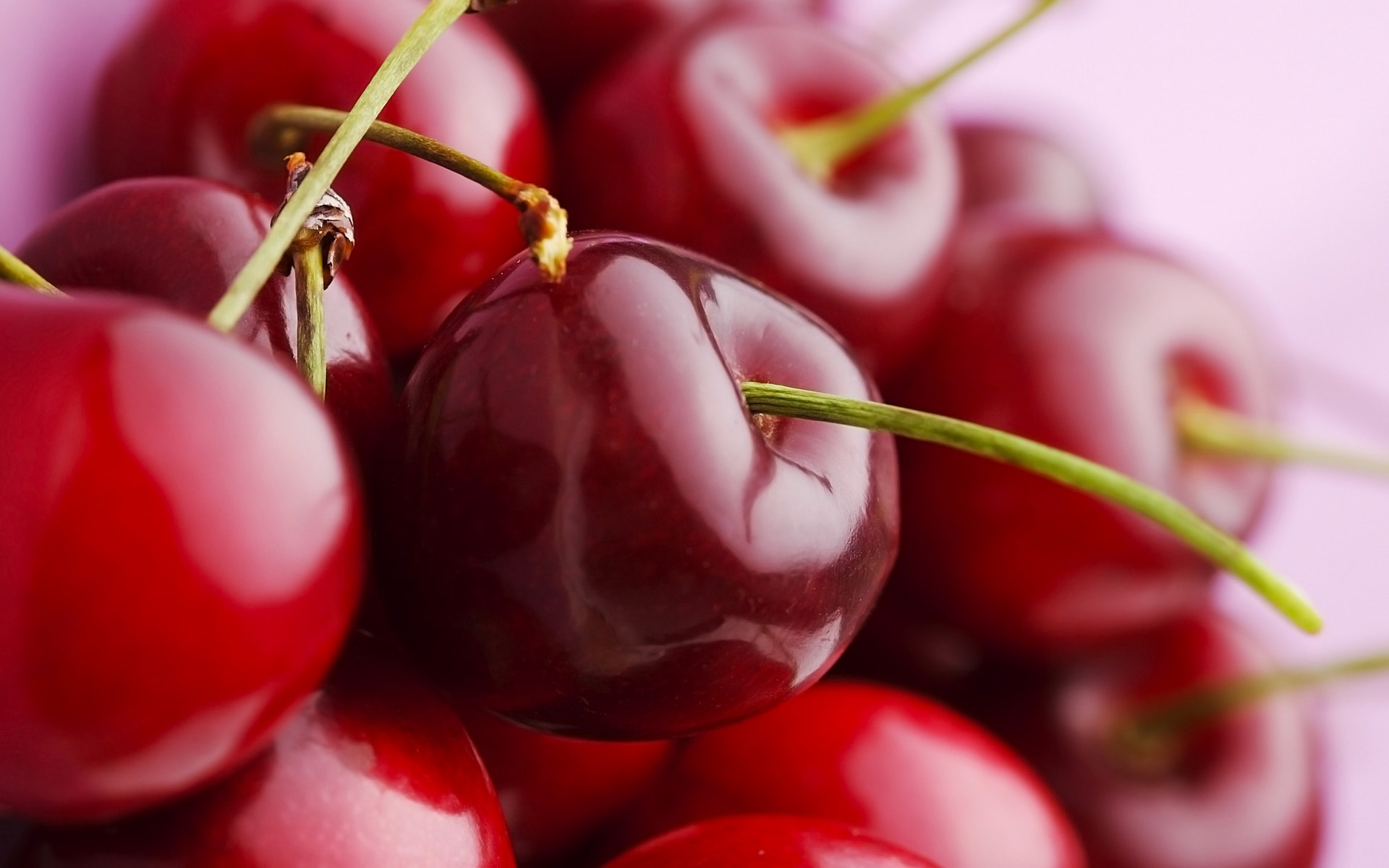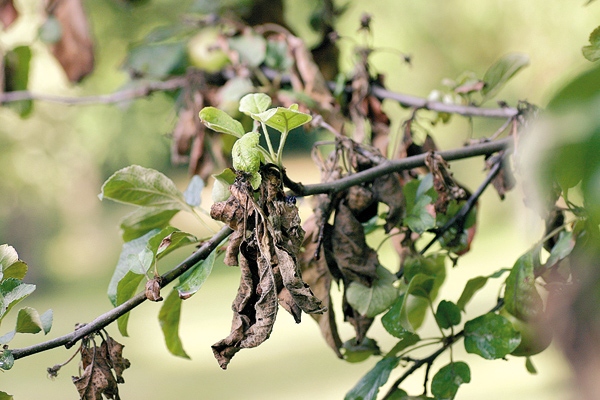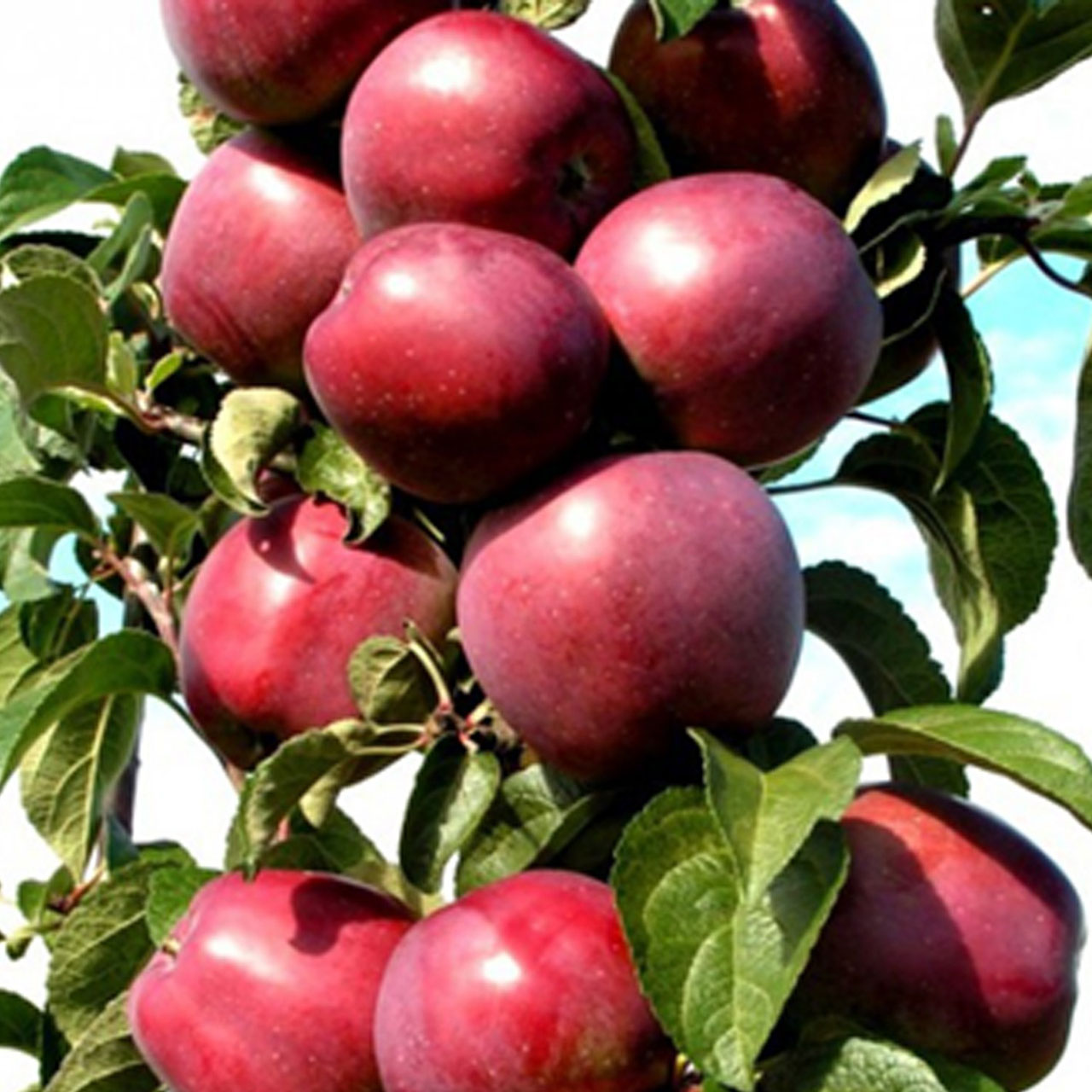Content:
Cherries are considered one of the most popular types of fruit trees. She can be inferior in this except that the apple tree. It is generally accepted that the first cherry saplings were obtained by crossing sweet and steppe cherries. This article will tell you about the features of each remarkable cherry variety for the Nizhny Novgorod region. A detailed description is provided, the main features are briefly described.
There are currently over 150 varieties. Cherries are not only tasty, but also a healthy berry. It contains many useful substances and minerals. It is used not only for fresh consumption, but also for freezing and processing.
This tree can be grown even in a small summer cottage.
Cherry varieties growing in the Nizhny Novgorod region
The climate in this region is characterized by the fact that the summer is longer here than in Siberia, but the winters are no less severe. Therefore, for varieties of cherries that are grown in the Black Earth Region, winter hardiness is one of the most important characteristics.
Dawn of Tartary
Cherry Dawn of Tatarstan was bred at the Tatar Research Institute of Agriculture. The variety was entered into the State Register in 1988. It is a seedling of the variety Large-fruited No. 6, bred with free pollination.
This cherry belongs to medium early varieties, usually ripens at the end of July. Fruiting begins four or five years after vaccination. The best pollinators can be Krasa Tataria, Vladimirskaya, Menzelinskaya or Tveritinovskaya.
The dawn of Tataria is winter-hardy, able to tolerate hot weather well, and is weakly sensitive to drought.
The height of the tree is about three meters. The crown is compact, has a rounded shape. The berries are large, taste sweet and sour, and have a bright red color. The pulp is juicy, with pink veins. The fruits are good for fresh consumption and are also good for processing. The yield is 12.5 tons per hectare.
This species stands out among others for its winter hardiness, productivity, as well as high rooting rate of seedlings.
Dawn of the Volga region
The variety is self-fertile. One of the best for those gardeners who have a small area.
Cherry tree Zarya of the Volga region is undersized, its crown is spherical, with foliage of medium density. Cherries are large and have a sweet and sour taste.
The dawn of the Volga region is a hybrid. It was created as a result of crossing the Beauty of the North and Vladimirskaya. Begins to bear fruit after four years.
The harvest ripens in early June. The berries have a juicy dark red color, they have a sweet and sour taste. The variety is resistant to fungal diseases, has a high degree of winter hardiness. It is characterized by high productivity.
Cherry Vladimirskaya
It is one of the oldest cherry varieties in Russia. The origin of the name is due to the fact that it was originally distributed on the territory of the Vladimir province and neighboring ones.
Grows in the form of tall and multi-stemmed cherry bushes. The height can be up to five meters. He has a spreading crown, has a rounded shape, gradually the branches begin to hang down.
The berries are black-red in color, while they are covered with many gray dots. The flesh of the berries is dense and juicy, dark red in color. The average weight of one berry is 3.4 grams. Its shape is slightly flattened.The taste is harmonious, sweet and sour.
After grafting, the trees bear fruit in the second year. The berries begin to ripen in mid-July. For pollination, you need other varieties of cherries to grow nearby. For this, for example, Vasilievskaya, Amorel Rozova and others are suitable.
The advantages of this variety are:
- Great berry taste.
- The possibility of universal use of the fruit. They can be eaten fresh, frozen or otherwise processed.
The disadvantages include:
- Relatively weak frost resistance.
- Low resistance to fungal diseases.
Dessert Volzhskaya
The tree is of medium size. The crown is round-oval, later becomes more spreading, acquiring an average density.
Volzhskaya begins to bear fruit after 5 or 6 years and bears fruit until the age of the tree reaches 14-15 years.
The variety is partially self-fertile, but if pollination is carried out using Rastunya and Vladimirskaya, the yield will be higher. The mass of berries reaches an average of 3-3.5 grams.
The dark red berries have a pleasant taste. Their shape is flat-rounded. The harvest ripens in the second half of July. Up to 15 kg of berries can be harvested from an adult tree; they are consumed both fresh and processed.
Bystrinka
The trees are undersized, no more than two meters. The crown has a spherical shape. The dark red berries have a weight of 4 g and have excellent taste. The pulp is tender, sweet and sour.
Bystrinka blooms in early May. The beginning of fruiting is in mid-July. Self-fertility in this case is partial. The plant is susceptible to moniliosis.
This variety stands out for its exquisite taste.
Kostychevskaya Black
Bushy tree does not exceed 2.5 meters. His crown is dense, has a flat-rounded shape. Flowering occurs relatively late.
It stands out for its high winter hardiness and stable yield over many years, ranging from 12 to 18 kg per tree.
The berries are dark red with soft pulp. Weight is 2.5 g. Taste is sweet and sour, with a touch of light bitterness.
After planting, it bears fruit from 5-6 years old until the age of 20-25 years.
Rastunya
This variety was created through folk selection. It is known for its high resistance to both cold and hot weather.
Tall grass. The height of the tree can reach 4-5 meters.
The fruits are small, their weight does not exceed 2.5 g. The berries are flat-round, dark cherry in color. They have a pleasant sweet and sour taste.
The variety blooms in late May; fruiting begins in late July or early August. Has a high resistance to coccomycosis. The variety is self-fertile. Its pollinators are Vladimirskaya and Bystrinskaya varieties.
Zhagarskaya
The variety is undersized, the berries are juicy, sweet and sour, and have a red color. The tree is squat, with branches hanging to the ground.
The variety is distinguished by the fact that it gives stable, bountiful harvests. Is self-fertile. It tolerates winter frosts easily.
Lyubskaya
The variety is self-fertile. This allows the crop to mature regardless of weather changes that may affect pollination. Among the best cherry varieties for the Nizhny Novgorod region, Lyubskaya stands out for its stable, high yield and excellent taste.
Lyubskaya is a medium late variety. The crop appears in early August. Since it blooms rather late, this cherry is not afraid of spring frosts.
The crop appears 2-3 years after planting. The yield, according to the description, often ranges from 25 to 30 kg per tree.
Pink Amorel
This variety was created through folk selection. It is resistant to coccomycosis and to infection with cherry mucous sawfly.
The yield per tree is 15-18 kg.The variety is characterized by high winter hardiness, has several varieties.
The height of the tree is approximately 3 meters. The fruits are of medium size and flat-round shape. The pulp is juicy and has a pale pink color. The berries have a pleasant sweet and sour taste. In comparison with other varieties it is characterized by early ripening.
Gardening tips
When planting cherries, you need to pay attention to some points:
- When choosing seedlings, you need to select healthy, undamaged specimens with a strong root system.
- The most convenient time for disembarkation is mid-April. It is possible to plant in October in such a way that there are at least four weeks before the onset of frost.
- Cherry loves sandy loam or loamy soil. In other soils, the plant will often hurt.
- It is best to choose an elevated place in the garden, well lit by the sun, for planting. In winter, you need to control the thickness of the snow cover. It should not exceed one meter.
In order to get a good harvest, you need to find the most suitable cherry variety. The correct choice and careful care of the plant is the key to yield.
